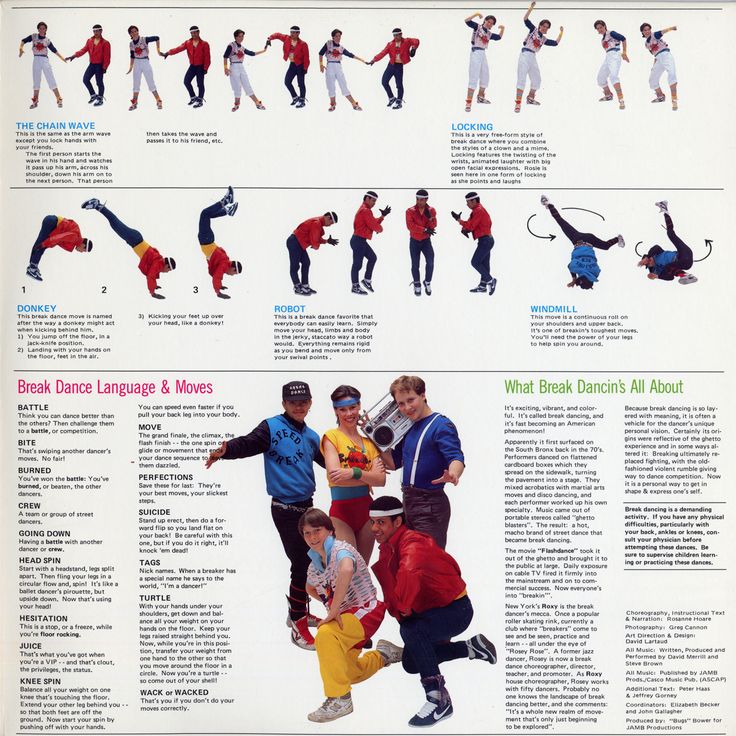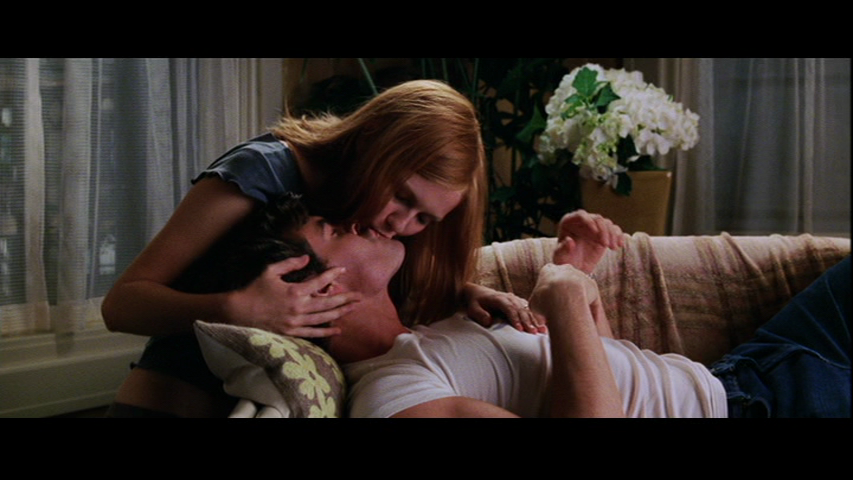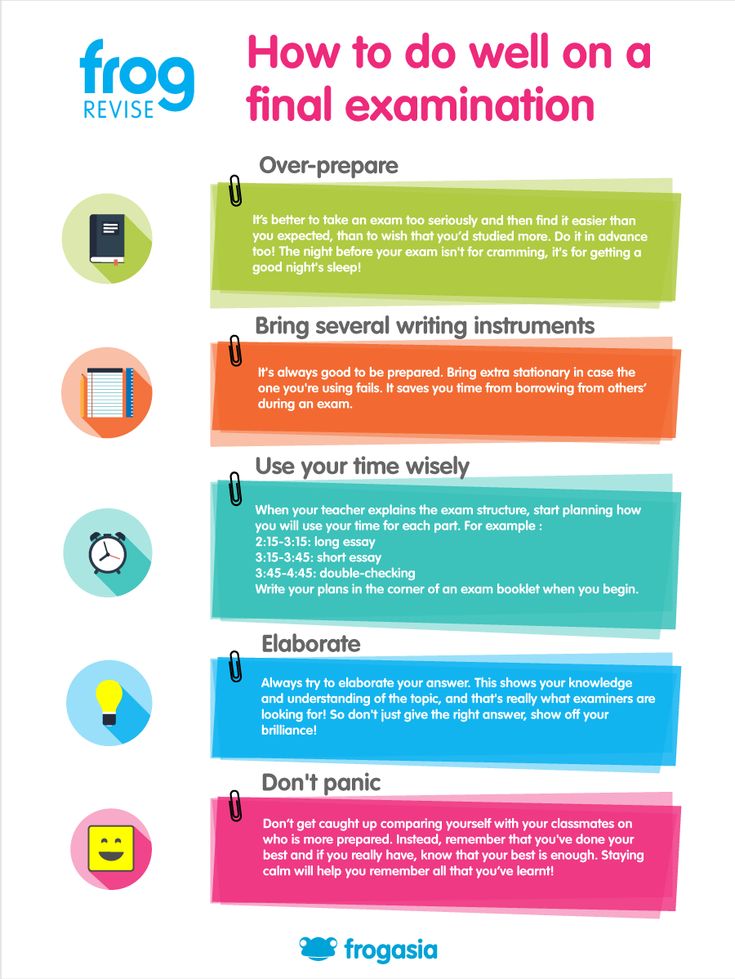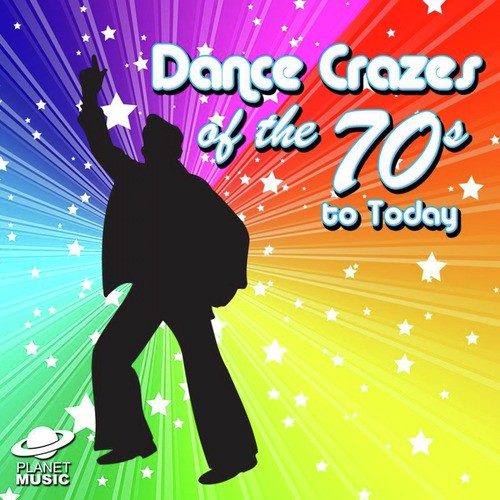How to turn better in dance
How to improve your dance turns. Here’s 5 Tips To Fix your Turn Technique
How do I improve my turns? We gave you the tools to improve your core & now we are giving you the steps to better your turns.
Here are 5 tips to fix and improve your turning technique:
- Be ready
- Practice makes permanent.
- Find your spot, hold your core, use your plié, drop your shoulders and remember to breathe
- If you do not spot, you will get dizzy
- Think of “connecting” your arms with your back muscles
Alright let's dive a little deeper into each one of the five.
1.
You ready?One of the worst things for your dance training is to do advanced turns before you are ready. If you haven’t mastered proper technique or built required muscle strength, you run a very high risk of developing bad habits. Do you know what takes longer than learning a difficult yet awesome dance move? Having to break a bad habit and then relearn the move correctly. Chat with your dance teacher to make sure you are ready for advanced turns, like fouettés. They just want wants best for you ?! #HardTruth
2.
Practice makes permanent.Practice at the barre before you take your new moves to center. Not to go all mad scientist on you, but dance really is a matter of physics and manipulating your body to do cool things regardless of inalienable realities like gravity. Practice your movement so that when you are dancing in center, your muscle memory takes over and your legs, hips, arms and so on will know exactly what to do when you add a whole new element — the actual turning part.

3.
Put a little PREP in your step.Good ol’ Benny Franklin had it right, without a solid prep, your turns will be a mess. Before you bust out 64 fouettés on pointe, find your spot, hold your core, use your plié, drop your shoulders annndd remember to breathe. We know, it’s a lot to think about — that is why #3??is so important! Use repetition to your advantage — get that muscle memory down so you can focus on one thing at a time. Set yourself up for successful turns with a solid prep.
We know, it’s a lot to think about — that is why #3??is so important! Use repetition to your advantage — get that muscle memory down so you can focus on one thing at a time. Set yourself up for successful turns with a solid prep.
4.
Don’t stop the spot.See, even Channing knows the importance of spotting. Fact: if you do not spot, you will get dizzy. And, who can whip out beautiful turns if they are too dizzy to even stand up straight? If you’re having trouble spotting, put a post-it or bright colored tape on the mirror to help your eyes locate your spot quickly. It’s also a good idea to take it back to a more basic turn like chainés until you can spot like pro. Then, you’ll be ready to execute more advanced turns.
5.
You’re either with us or you’re against us.Your arms will either help your turns or hinder your turns — there is no neutral. Make the wise decision and enlist your arms to join you in your Flawless Turn Army. Think of “connecting” your arms with your back muscles. Engage (don’t tense!) your muscles to help you hold controlled, intentional movements versus letting your arms flail about, throwing you off your center. PS don’t use your arms to “wind up” your turn. Dancers are not mindlessly spinning like some crazies think we are. Beautiful turns are a result of hard work, training, proper technique and being a genius by using the laws of physics to create art?. Sir Isaac Newton’s Laws of Motion? Yeah, we know all about that.
Think of “connecting” your arms with your back muscles. Engage (don’t tense!) your muscles to help you hold controlled, intentional movements versus letting your arms flail about, throwing you off your center. PS don’t use your arms to “wind up” your turn. Dancers are not mindlessly spinning like some crazies think we are. Beautiful turns are a result of hard work, training, proper technique and being a genius by using the laws of physics to create art?. Sir Isaac Newton’s Laws of Motion? Yeah, we know all about that.
Ten tips to help you become a natural turner! — London Ballet Classes
London Ballet Classes
Ballet Tips
London Ballet Classes
Ballet Tips
Turns require full-body co-ordination and the perfect amount of impetus and speed. They take years to master and whilst some of us take to turning naturally, many of us do not. Despite this, with consistent effort and focus, turning IS something we can all get better at. This post highlights 10 quick tips that can improve your turns. Which ones could you be better at?!
Despite this, with consistent effort and focus, turning IS something we can all get better at. This post highlights 10 quick tips that can improve your turns. Which ones could you be better at?!
1. Spot – be sure to look with intention and fixate your gaze on where you want to go. Spotting becomes more important once we start going for doubles and triples and especially for fouettés. So even if you generally spot well, if you are aiming for multiple turns, go back to the basics and practice spotting, ensuring your head doesn’t tilt to one side on your way round.
2. Engaged Arms – if you fail to engage your arms they are a dead weight which can pull you off balance. Hold your arms in a clear position and get into that position quickly, the longer you leave the arms lingering, the more likely you are to lose your balance. Generally, it is good advice to keep the arms relatively close to the body and rib cage height or above. If the arms are too high you will end up arching back and if the arms are too low, your shoulders will slump forward.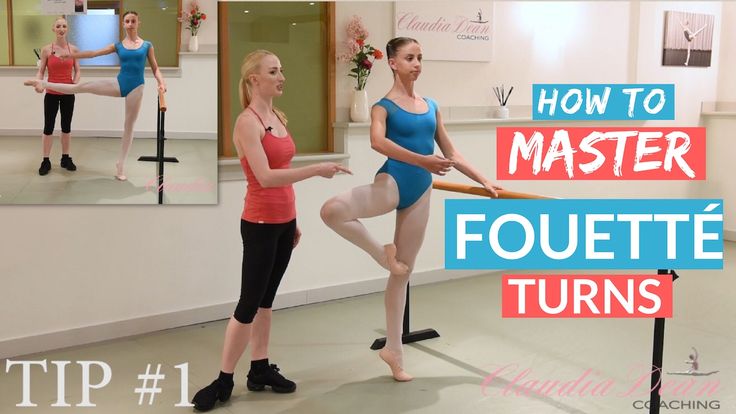 Practice transitioning through the arm movements while stationery to find the right height for you.
Practice transitioning through the arm movements while stationery to find the right height for you.
3. Use the third eye – remember lifting the chin and looking out of your ‘third eye; helps to improve your posture and alignment. It lengthens the spine and keeps you upright. When turning think more of going up and less about going around – this keeps you over your centre of gravity and makes you less likely to fall out of your turn.
4. Less impetus – Because many of us are truly terrified of turns, we panic and we tend to use more power than we need. We throw ourselves into turns rather than creating a feeling of being lifted and centred. Often with turns, less is more. Mentally strive for a controlled turn, which ends on a demi pointe, and finishes up rather than down. This means the turn should gradually slow to a halt, rather than collapse into an end position. With this focus on controlled turning, we reduce the intensity and often turn better. Think of it this way - greater force in the wrong direction requires more adjustment to find our balance.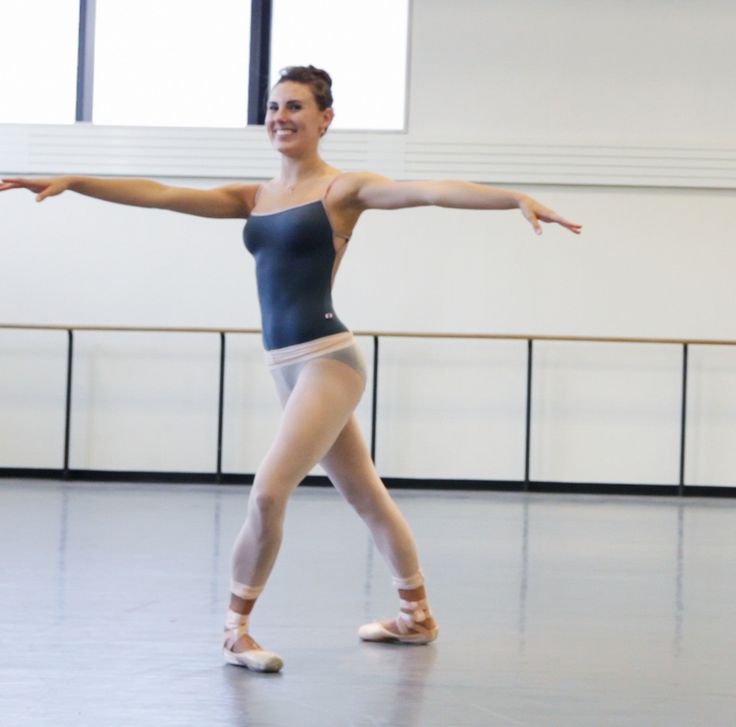 So, in the early stages, keep it steady
So, in the early stages, keep it steady
5. Two turned out legs - When it comes to multiple turns, we need to create a counter balance, meaning both our legs should remain turned out for the duration of the turn. If your working leg turns in (on an en dehor pirouette) you will end up turning into the leg and getting stuck. To complete a full turn, think of the working leg as fully turned out and leading the way. Then think of the heel of your supporting leg as turned out and forward. You can learn a lot from how you fall out of turns, if you fall back, your releve is likely not strong enough and your supporting foot is collapsing mid turn. Falling forwards is often an indication of too much impetus or disengaged arms. Falling to the sides can indicate weak or imbalanced obliques. Find out which way you fall and then self-correct.
6. Shoulders broad and back – Slumped shoulders can throw you off balance because it not only interferes with the alignment of your head (and therefore spotting) but also with your ability to correctly hold your arms (which involves engaging your back muscles). Thinking of two square shoulders, broad and pulled back, helps to keep us balanced. Most of us have one arm which is stronger than the other and therefore we tend to use unequal force when turning, which ends up pulling us off to one side. Squaring the shoulders and engaging the back helps to counteract this.
Thinking of two square shoulders, broad and pulled back, helps to keep us balanced. Most of us have one arm which is stronger than the other and therefore we tend to use unequal force when turning, which ends up pulling us off to one side. Squaring the shoulders and engaging the back helps to counteract this.
7. A strong releve – Strengthening our feet is a key part of being able to turn. We must be able to sustain the releve for long enough to get around. If you find the supporting leg is collapsing mid turn, then it is time to go back to basics. Start with simple rises and releves at the barre and work towards trying to balance in the pirouette position (for a minimum of 4 counts). Try this both at the barre and in the centre. We must be able to hold a position before we can turn in it. Throughout your turn there should also be good contact between your foot and calf and this should be sustained at the same height throughout a turn. Therefore both of your feet are integral to turning, the stronger they are, the easier you will find it!
8. A secure starting position– make your starting position clear, whether it is third, fifth or fourth, ensure your weight is in the middle, and start with a good deep plie. Plies can help us to get our weight into the right place and they also provide the impetus needed to turn. The starting position is very important, because if your weight is in the wrong place you will need to self-correct while turning which is very hard! A good foundation is a good start. Practicing releves from a fourth or fifth position is a good way to prepare for pirouettes. If you are still struggling, practice quarter turns.
A secure starting position– make your starting position clear, whether it is third, fifth or fourth, ensure your weight is in the middle, and start with a good deep plie. Plies can help us to get our weight into the right place and they also provide the impetus needed to turn. The starting position is very important, because if your weight is in the wrong place you will need to self-correct while turning which is very hard! A good foundation is a good start. Practicing releves from a fourth or fifth position is a good way to prepare for pirouettes. If you are still struggling, practice quarter turns.
9. No micro adjustments – many people slightly pivot the foot before going into a pirouette, this is either because they are exaggerating their turnout and are therefore not balanced in their starting position or because they haven’t learnt to use the right muscles for turning. From a plie, go straight up into turning without adjusting the feet. Micro adjustments create a feeling of being disjointed and unbalanced, because we are creating more steps than there need to be. This in turn reduces our ability to turn because we exert some of our power in the micro adjustments rather than in the turn. Think of going up into a turning position in one swift motion.
This in turn reduces our ability to turn because we exert some of our power in the micro adjustments rather than in the turn. Think of going up into a turning position in one swift motion.
10. Smile - finally and perhaps MOST importantly, experiment with smiling when you turn. It impacts ALL of the above steps. When I tell people to smile in their turns, the tension flows out of their faces and bodies, in turn enabling them to lift their chins, pull back their shoulders and use less force. Mentally relax into turns and create a sense of fluidity – this will totally transform your experience. In the worst case scenario we fall out of a turn entirely – and then we can try again tomorrow!
Let us know if these tips have helped you or if you have any other suggestions in the comments 😊
Tagged: balletaddiction, balletrepertoire, Ballet in London, Ballet, pirouette, ballet fitness, beginner ballet, pointe shoes, ballerina
How dancing helps get rid of dizziness and become smarter
November 15, 2013 Tips
Many men do not take dancing seriously and consider it an activity exclusively for girls, and even then not for everyone. Especially often from our men you can hear: "Men don't dance!". And rightly so, the occupation is not serious!
Especially often from our men you can hear: "Men don't dance!". And rightly so, the occupation is not serious!
musatovvadim
Share
0But in fact, dance is not only exercise for your body. It is also a kind of brain trainer! We have already published articles that playing sports, and running in particular, spur a person's cognitive abilities. Now it's time for the dancing.
Dancing improves brain function at various levels. Two recent studies have shown how different types of dance enable dancers to achieve peak performance by blending cerebral and cognitive processes with muscle memory and proprioception.
Proprioception, proprioception (from Latin proprius - "own, special" and receptor - "receiving"; from Latin capio, cepi - "accept, perceive"), deep sensitivity - a sense of the position of parts of one's own body relative to each other.
Through aerobic exercise at least twice a week, which combines different types of dance, everyone can maximize their brain function. Of course, we are not talking about the convulsive impulses of the body, which many people try to pass off as a dance, but about a dance in which not only the body, but also the brain is included in the work.
Of course, we are not talking about the convulsive impulses of the body, which many people try to pass off as a dance, but about a dance in which not only the body, but also the brain is included in the work.
Professional dancers never get dizzy. Why?
If you are prone to dizziness, then you need to learn how to dance! A new study has found that dancing can help manage dizziness and improve balance. In September 2013, researchers at Imperial College London reported that choreographers have a slightly different brain structure than non-dancers. And it is these specific differences that help them avoid dizziness during pirouettes.
Visualization of movements helps improve muscle memory
Another study published in an article on psychologicalscience.org showed that dancers are able to break down the dance into parts in their mind and mentally go through each movement, leaving a kind of "markers".
Findings published in Psychological Science suggest that this labeling may alleviate the conflict between the cognitive and physical aspects of dance. This is what allows the dancers to memorize the movements and perform them smoothly. They seem to be in a flow.
This is what allows the dancers to memorize the movements and perform them smoothly. They seem to be in a flow.
And at this time, their brain is working to its fullest, thinking through each step and connecting it with the next as smoothly as possible. So that from the outside it looks like one single, smooth movement, and not a set of separate intermittent ones.
How can this be applied?
How can the above research be applied to the daily life of the common man, rather than the professional dancer?
If you learn to control the part of the brain responsible for this, you can help many people who suffer from dizziness that is not related to other problems in the body. Scientists are just working on this problem.
Dr. Barry Simangle of the Imperial College Medical Department has worked with many patients for whom dizziness has become a real problem. Ballet dancers are able to train their brains so that they stop feeling dizzy. So doctors wondered if they could use the same principles to help their patients.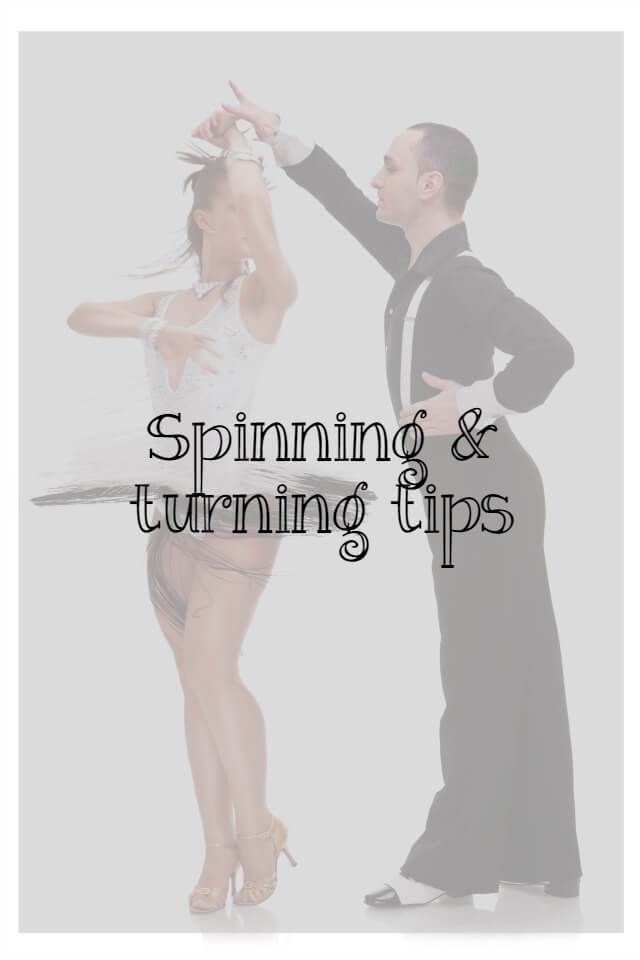
Visualization and synchronization are quite applicable, for example, in the study of foreign languages. As in the case of dancing, the brain needs to perform two actions at the same time - to translate a word from one language to another. And not just translate, but put them into sentences. In addition, if the languages differ significantly from each other, you have to work twice as hard.
It turns out that in order to benefit from dancing, it is not at all necessary to become a professional dancer. Dancing for the soul just a couple of times a week is a great way to improve the functioning of the cerebellum, keep the body in good shape, remove the unpleasant feeling of dizziness from your life (one in four people get dizzy at least occasionally) and facilitate the process of learning, for example, foreign languages. . I am generally silent about the fact that dancing is an excellent socializing factor.
How do you feel about dancing?
Dance Spins - Technique Recommendations
Everyone involved in dancing (and especially in such styles as salsa, rumba, Argentine tango, etc. ) will be interested to know some of the subtleties and secrets of dance steps. This is especially true for such a complex element as rotation. Let's talk about how to rotate the partner correctly so that she does not fall and fly away)). And the girls will be interested to know: how to keep up with the rotations and at the same time look great in the dance. Of course, we are not talking about single turns here, but about double, triple and more.
) will be interested to know some of the subtleties and secrets of dance steps. This is especially true for such a complex element as rotation. Let's talk about how to rotate the partner correctly so that she does not fall and fly away)). And the girls will be interested to know: how to keep up with the rotations and at the same time look great in the dance. Of course, we are not talking about single turns here, but about double, triple and more.
Spinning and spinning
As a rule, girls are very fond of showing off their ability to dance cool. And if she's really good at spinning, you can be sure that your partner can't wait for you to spin her.
You can even say this: all the girls (regarding the rotations in the dance) are divided into 2 categories - those who can and love to spin, and those who love, but have not yet learned.
That is why, while dancing with a familiar partner, if you know that she easily makes a double turn, try spinning her a third time. Don't stop there.
Don't stop there.
However, do not overdo it with rotations. It is not recommended for beginners to rotate strongly, since falls very often lead to injuries. The number of turns is an indicator of the level of the couple, and the absence of falls is an indicator of the level of the partner.
Turning Technique and Leading (partner)
- Pay close attention to what is happening around you. This is especially true during the disco, where you can often meet a lot of tipsy personalities. If they crowd near your couple, it is better to move away.
- Observe the lady's stability before, during and after the turn. If it starts to drift, then most likely the problem is in it. In this case, the number and intensity of turns should be reduced. However, if experienced partners lose stability while dancing with you, then most likely it is you. And most importantly, if the partner starts to fall, catch her, by all means!
- Be sure to consider the music tempo.
